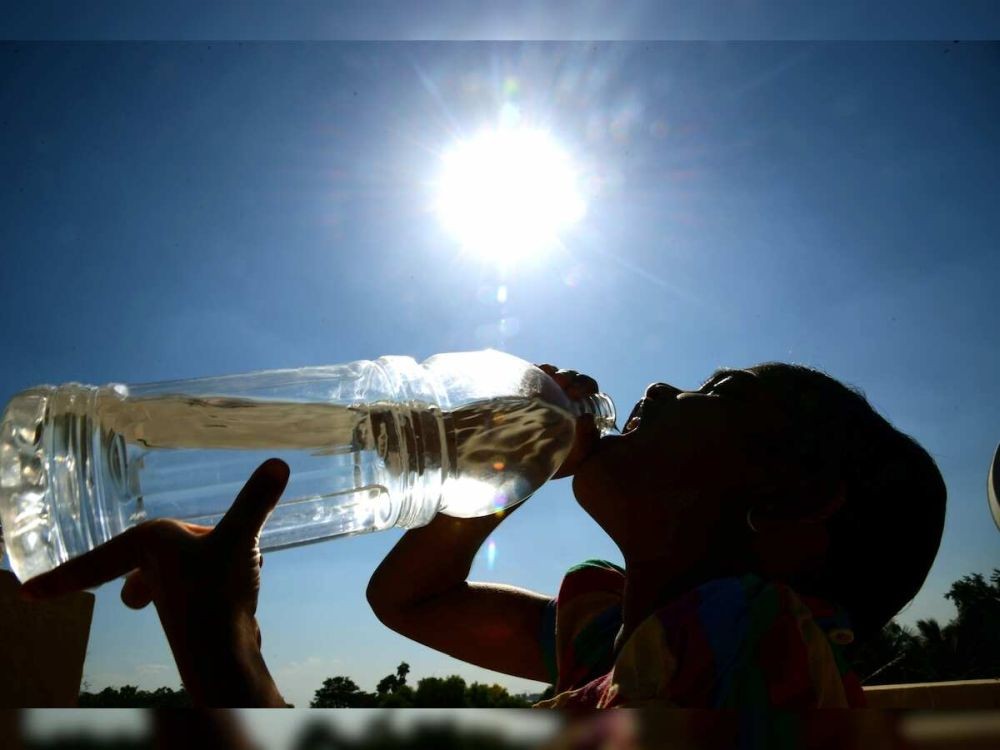Photo: IANS

Morung Express News
Dimapur | September 21
Dimapur’s underground natural water source is alarmingly drying up. This is despite the strong rainfall the Dhansiri river valley receives.
This was revealed at the 38th State Geological Programming Board meeting held at the Directorate of Geology & Mining (G&M), Dimapur on September 21.
S. Manen, Joint Director, G&M, cited uncontrolled exploitation and disturbing of the natural water cycle as the main causes in his report at the meeting outlining the groundwater scenario of Nagaland.
Citing research conducted by the department, he said that of the three known aquifer (underground water layer) zones in the Dhansiri valley, two are almost drying up. Anthropogenic pressure – over pumping of groundwater and concrete structures - coming in the way of water percolating the soil beneath were cited as main reasons.
“The water (precipitation) which we are getting is enough. But the thing is that it is not allowed to reach (percolate) down because of concrete constructions. It is not allowed to enter into the aquifers while most of the water is lost as surface runoff,” he told The Morung Express on the sidelines of the meeting.
Further, he said that rainwater catchment areas are becoming scarce. Small water bodies such as ponds and also swamps are said to act as catchment areas for rainwater to seep underground.
“These are natural sources for charging groundwater source or aquifers.” However, he said that ponds that once dotted the landscape are getting filled up making way for concrete structures.
Stating that one just have to skim over Google Map to get a fair understanding, he cited the example of the erstwhile ponds at Hazi Park and the one near the East Police Station, which were recently filled up with earth.
The three known aquifer zones are said to occur at depths of 40 feet and below. According to Manen, the first zone is found at 40-50 feet, the second at 120-180 and the third at 200 and below.
“The top two are almost drying up,” he said, while taking the example of disappearing dug shallow wells, a common sight not long ago, as evidence of the receding water table.
Asked of remedial measures to reverse the trend, he said that “artificial recharge of groundwater” and enforcing regulation would to a large extent put a tap to it. Artificial recharge of groundwater is a process by which surface water or rain water is directed underground in identified locations as a means to replenish aquifers.
Meanwhile, he called for judicious use of groundwater resources, preserving water bodies that act as natural catchment areas and generating public awareness life sustaining value of the natural water cycle.
In his report, Manen said that the department is putting effort towards identifying potential artificial recharge sites (rainwater harvesting and existing hydrological structures) and have already identified 72 feasible sites.






